
Continuing with the series on etiquettes in communication, language expert Preeti Shirodkar tells us about what we need to keep in mind while interacting in formal situations.
Unlike in verbal communication, where it is simpler to follow etiquettes, in non-verbal communication the issue gets more complicated.
This is because there is larger cultural variation in what is acceptable or what the meaning of various non-verbal cues is, though a majority of them may be common across cultures.
Moreover, most individuals are not particularly conscious about their non verbal communication and may thus cause miscommunication or worse still offend another individual/community, without meaning to.
For example, while walking hand in hand with a person of the same gender is looked upon as an indication of friendship in India, it is seen as indicative of a same sex relationship in most European countries; and while it is common for people of opposite genders to hug/kiss in public in most European countries, it is still frowned upon in India.
It thus becomes all the more essential to be aware of and cautious about one's non verbal communication, both in order to make it effective and to prevent a mismatch between one's words and one's non verbal communication.
Also part of the series:
12 Common etiquettes in written communication
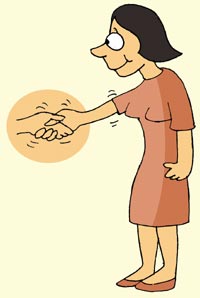
Most cultures have varied gestures that are considered (un)acceptable or have different meanings or implications in different cultures. Gestures may be varied in the context of culturally acquired meanings, manner of greeting, gender orientation.
One needs to be sensitive to these cultural variations and needs to be tempered about one's reactions to them. One can prevent miscommunication in this context by either researching the culture beforehand (if one expects long/consistent interaction), observing the 'other' and/or explaining one's behaviour, if it is found awkward, so as to prevent misunderstanding.
One can, moreover, also choose where one is willing to adapt and where one would rather stick to what one is used to, to prevent being either awkward or uncomfortable.
While hugging and kissing on the cheeks is a common form of greeting in the West, even with members of the opposite gender, whom they are meeting for the first time, it may take communities who are not used to it by surprise or may even offend the sensibilities of some.
One can decide whether to adapt to or explain one's stand on this difference, rather than over reacting and causing discomfort.
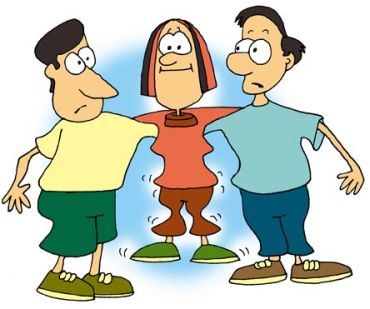
How close one can stand/sit to another, in formal situation varies across cultures and genders.
Most people find it uncomfortable and get restless if a person of the opposite gender is standing/sitting too close, while interacting.
Similarly standing/sitting too far apart may give the wrong impression.
So too, if one is standing too close to a person, who is sitting, while interacting with him/her, it can create problems both as regards it appearing overbearing and leading to a crick in the neck for the person, who is sitting.

Though hand movements enhance verbal communication, excessive or unsynchronised hand movements can be distracting. So too, they can lead to toppling things over, hitting another person etc. leading to embarrassment.

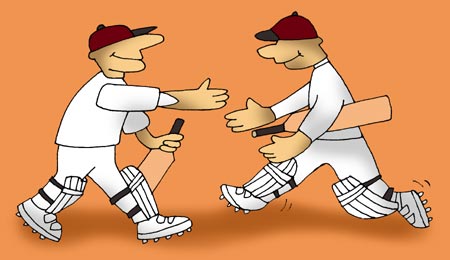

Pointing in an obvious way is by itself often considered rude in certain cultures.
It is considered preferable to indicate with the eyes or a slight nod of the head in the desired direction. Moreover, one should also be careful that one uses the index finger rather than any other in pointing.
So too, while making a PowerPoint presentation, it is important to use a pointer (a stick) or a laser indicator, while drawing attention to an important aspect of the PPT; else one can draw attention to whatever one desires by highlighting the point on the PPT itself.


Standing, on not being offered a seat
Very often, especially during an interview, the communicator deliberately does not offer a seat, attempting to use it to gauge the nervousness of the other person. It is better at such times to remain standing with feet at a comfortable distance to avoid strain

While it is important to ensure that one is sitting comfortably, one should resist spreading out on the chair as it indicates sloppiness.
So to unnecessarily leaning forward can make the other person uncomfortable, while sitting on the edge of the chair can reflect nervousness.
One can cross one's legs, if they remain joined together, especially in the case of women. Moreover one should avoiding shifting too much as it can indicate discomfort.
It is best to keep one's feet together rested firmly on the ground, with the arms resting either on the feet or arm rests and the back resting on the backrest.

One should carry oneself in a manner that reflects elegance.
This involves an erect but not stiff posture, complete absence of slouching and walking with steps that are comfortable, so as not to stride nor drag oneself.
Moreover, one should avoid attracting attention to oneself either by dragging one's feet or due to the noise made by one's footwear.


Among some people and cultures, crossing of hands is considered as defining a closed mind set and unwillingness to consider the other person's point of view.
One should therefore observe the reaction of the other to the crossing of hands and should avoid it, if it is being interpreted as resistance.
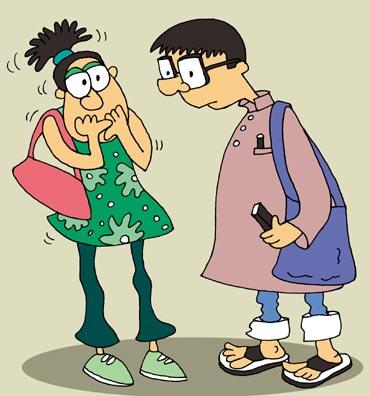
Looking without staring:
While one needs to carefully observe another, in order to gather and interpret his/her non verbal communication, making communication more effective, it is important not to stare as that can create a great deal of awkwardness between two people.
This can be achieved by taking in the larger picture rather than constantly focussing on the individual.
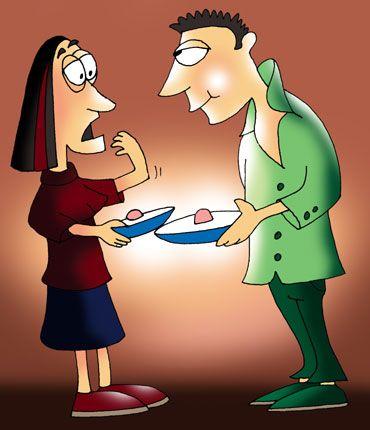
One needs to look essentially at the person(s) with whom one is communicating, rather than trying to look up the person from the head to the feet.
So too, one should not let one's attention wander away from the person, as one might miss out on some important cues that may be reflected through the person's gaze.
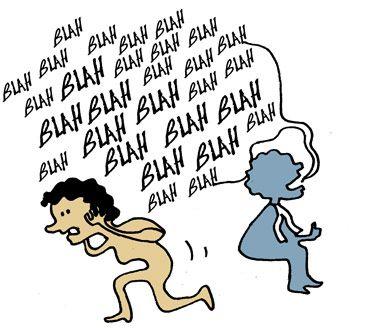
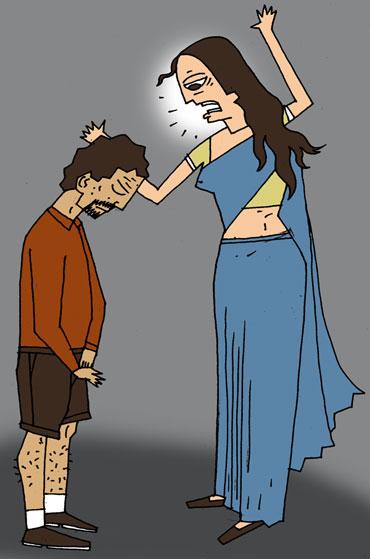
Avoiding eye contact is usually believed to be a sign of hiding something or being guilty. However, one may deliberately avoid eye contact to reflect hurt/anger or to hide one's emotion from the other person(s).

Expression of emotions
It is important to be aware that the emotions one reflects should be in sync with what one is saying. A variation in the words used and the emotions displayed can serve to confuse the receiver.

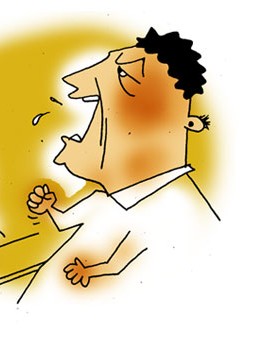
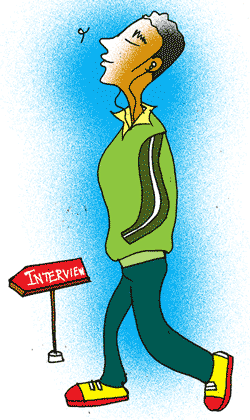
Suitability, occasion, time, place
Clothes should essentially be worn to suit an occasion/the ambience. Inappropriate dressing as regards its formality can cause discomfort and embarrassment and should therefore be avoided.



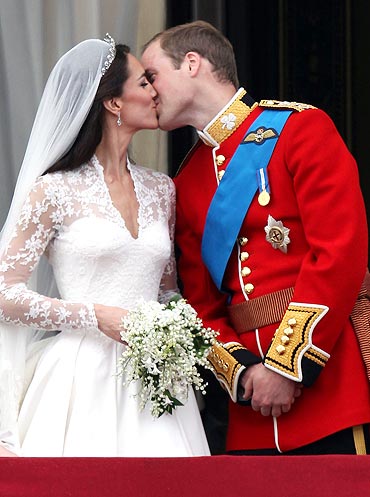

Cultural variance
Certain signs and symbols can have specific cultural reference and one may therefore need to be aware of/study the culture in order to interpret them or avoid misinterpreting them.

Signs and symbols can be ambiguous and one therefore needs to be especially careful while thus reproducing them as well as interpreting them.
Moreover, the same object can have different symbols for example the old and new manner of symbolising 'rupee'.

Certain colours have uniform reference points, while some may vary according to situational contexts. One needs to be conscious about these variations in order to decode the meaning and relevance of the colour effectively.
For example the colour red reflects danger as also passion; while used in a signal it would reflect the former as a lipstick colour it could be used to symbolise the latter.
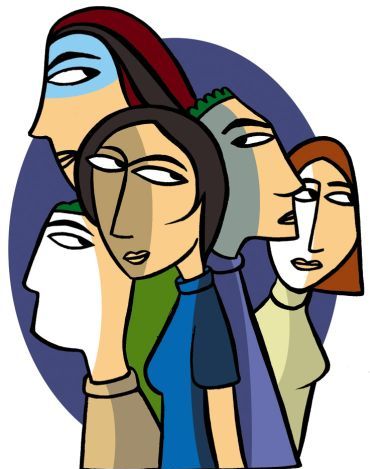
Silence can be used to achieve various objectives and hence needs to be used with utmost care as it is greatly open to misinterpretation. Moreover, since it can be used towards varied ends, it is important to observe the person's non-verbal cues or read between the lines, so as to arrive at the right meaning of the silence adopted by the communicator/listener.
Falling silent: One may either be too astounded by what one hears or may pause to reflect upon/gather one's thoughts on the topic under consideration. This is referred to as falling silent.
Silence as consent: Silence may be used to reflect agreement, especially if it follows rhetorical questions. For example, if after a long discussion if someone were to say, so I guess we should go ahead, and the other person keeps silent, it could be taken as consent

Despite rationalising with the other person, if the person fails to understand, one may simply maintain silence to show dissent or as a form of protest. A parent, who cannot convince his/her child about not eating an ice cream during the rains, so as not to catch a cold, may simply keep quiet, in other to reflect resentment.
Silence as indifference
At times a person may get so tired of something, whether in the personal or professional sphere or may find the issue being debated so trivial that a decision working either way wouldn't matter; these are the times that silence may be used to reflect indifference.
Though rudeness, as absence of etiquettes may be ignored, its essence is well reflected in the words of Eric Hoffer - 'Rudeness is the weak man's imitation of strength.'